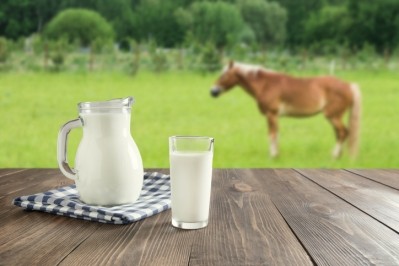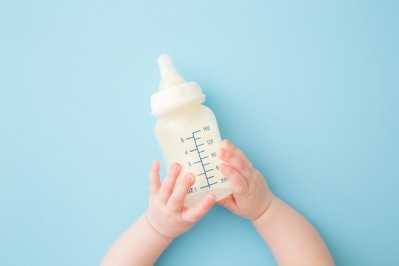Infant formula for Chinese babies: H&H studying link between breast milk and infant gut microbiome

One of its latest findings showed that key nutrients in mothers’ breast milk will decrease significantly in the first three months of lactation, and that the mothers’ BMIs could affect the composition of nutrients.
For instance, mothers with a higher BMI have a higher concentration of osteopontin (OPN), energy, fat, protein, and n-6 PUFA in their breast milk as compared to those with a lower BMI.
Generally, as compared to other populations, Chinese mothers have a higher level of OPN in their breast milk as compared to Korean, Japanese, and Danish mothers. For example, the level of OPN is twice as much as in Chinese than in Danish mothers.
Mothers with a higher BMI also have infants with a bigger head circumference.
Findings of the study was published in Nutrition Research and Practice recently.
In the study, a total of 101 Chinese mother and infant pairs were analysed. The changes in the macronutrients of breast milk in the mothers at the 1st, 2nd, and 3rd month of lactation were examined.
In an interview with NutraIngredients-Asia, the company said as a follow-up study, the company has been working with the Chinese Academy of Science (CAS) in conducting further research.
The main idea is to better understand relationship between human milk oligosaccharides (HMOs), human breast milk microbiome, and the gut microbiome of the infants, said Dr Liu Feitong, senior research fellow.
The results of the study, which assess the gut microbiome of infants via faecal samples, have been submitted for peer reviewed journals.
Immunity and digestion
Immunity and digestion are core research areas for the company’s infant formula portfolio.
“If you look at some of the challenges that infants and children have in their life can be surrounding immunity and digestion.
“It can be exposure to certain pathogens, bacteria, it can be stomach upset, introduction of a new food, it is a whole new world for these young individuals
“What we see is that there is an absolute need to support the immune system and digestive system in the early stages of life,” said Dr Jonathan Lane, senior manager of global research at H&H Group.
As part of its R&D process, the company applies findings from its observational studies into its investigational studies.
From the observational studies, the company focuses on the link between the breast milk microbiome and infant microbiome.
It also seeks to understand the mechanisms which are involved in bringing about a particular health benefit or a specific outcome.
The company then attempts to isolate the ingredient involved in a health outcome and further research on it in an investigational model.
Ingredients of interest to the company include HMOs and OPN and how they affect the development of the immune system and protect infants from bacteria and viral infections.
Potential for personalisation?
There is potential for infant formula personalisation according to needs of different geographical locations, but this is still a long way to go, according to Dr Lane.
“If we look at the information from the research, it can of course support the development of our current infant formula range or our global infant formula range.
“And if we think of things in a dramatically different way, we also see potential to personalise infant formula from our research,” he said.
This is based on the findings that breast milk composition varies across countries and geographical locations.
At present, slight differences in infant formulas across geographical locations are however, mostly due to regulatory requirements and less so of consumer needs.
Moreover, while it is still uncertain what different components in human breast milk mean with regards to infant outcomes, science has been pointing to the direction of personalised formula.
Citing the example of the HMO 2’-Fucosyllactose (2’FL) amongst Chinese mothers, he said 80% of them were 2’FL secretors and 20% were non-secretors.
There is thus a need for more research to understand the associated benefit outcomes with regards to 2’FL and its significance in personalisation of infant nutrition.
“Our [current] studies and future studies will probably highlight the specific needs of specific populations,” he concluded.
Source: Nutrition Research and Practice
Xiang Study: an association of breastmilk composition with maternal body mass index and infant growth during the first 3 month of life
DOI: https://m.e-nrp.org/search.php?where=aview&id=10.4162/nrp.2020.14.e73&code=0161NRP&vmode=PUBREADER
Authors: Feitong Liu, Jonathan Lane, and et al



















